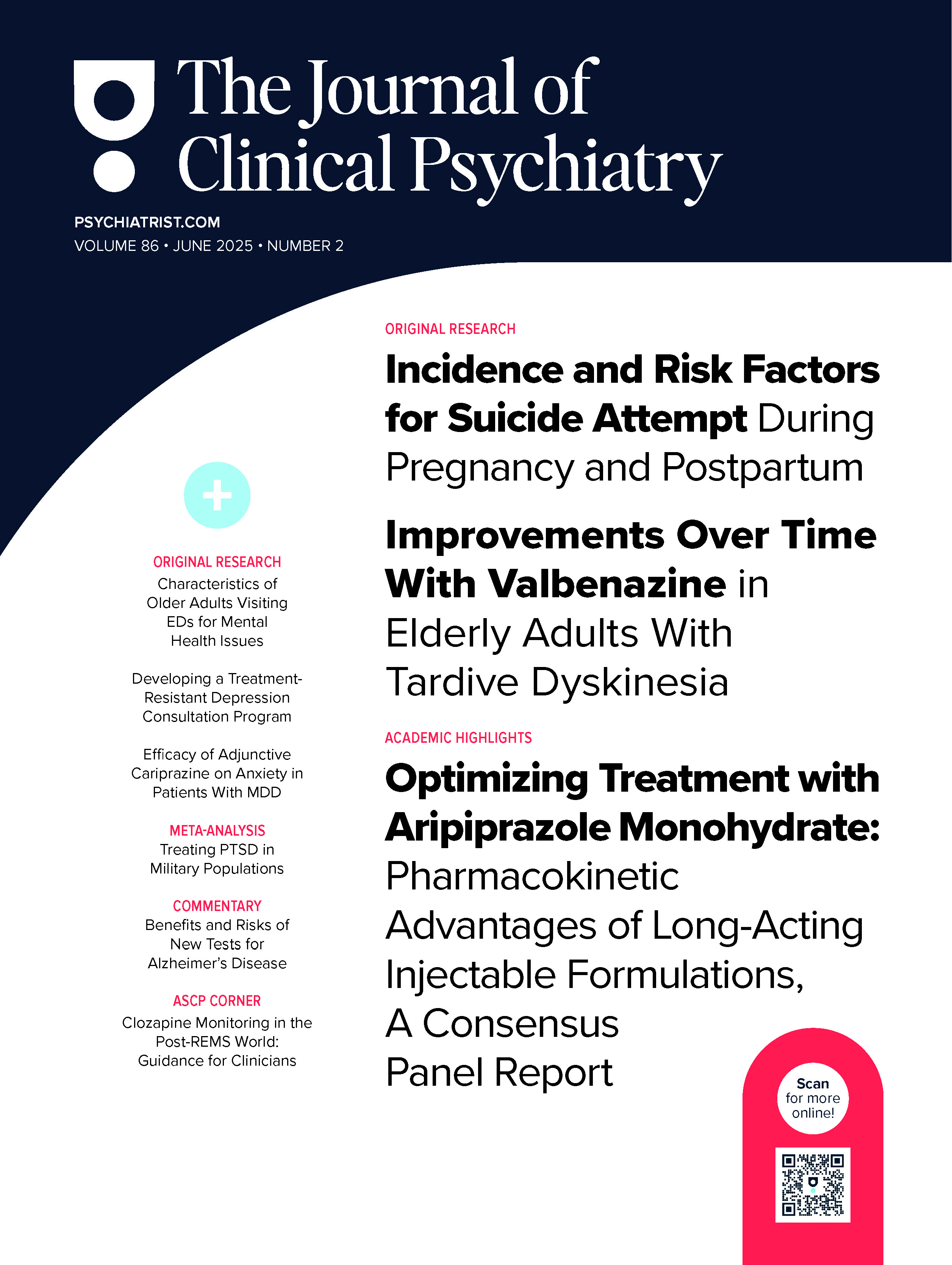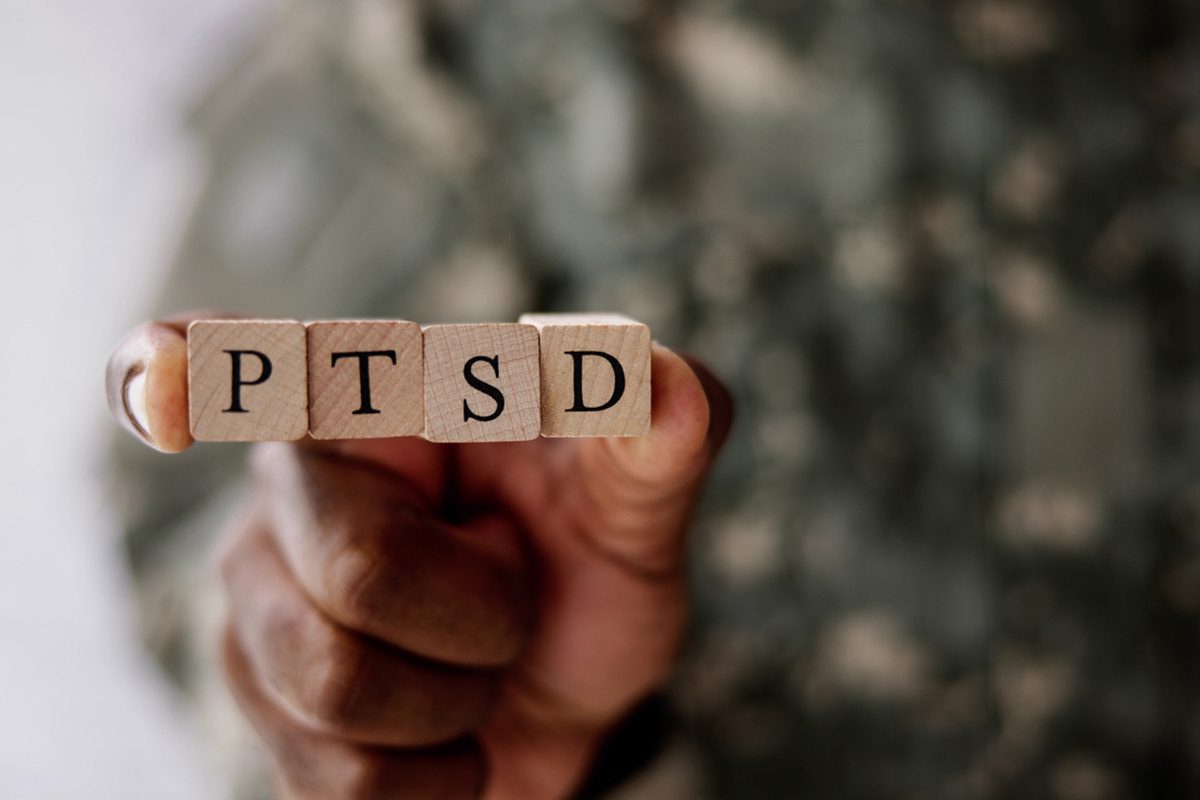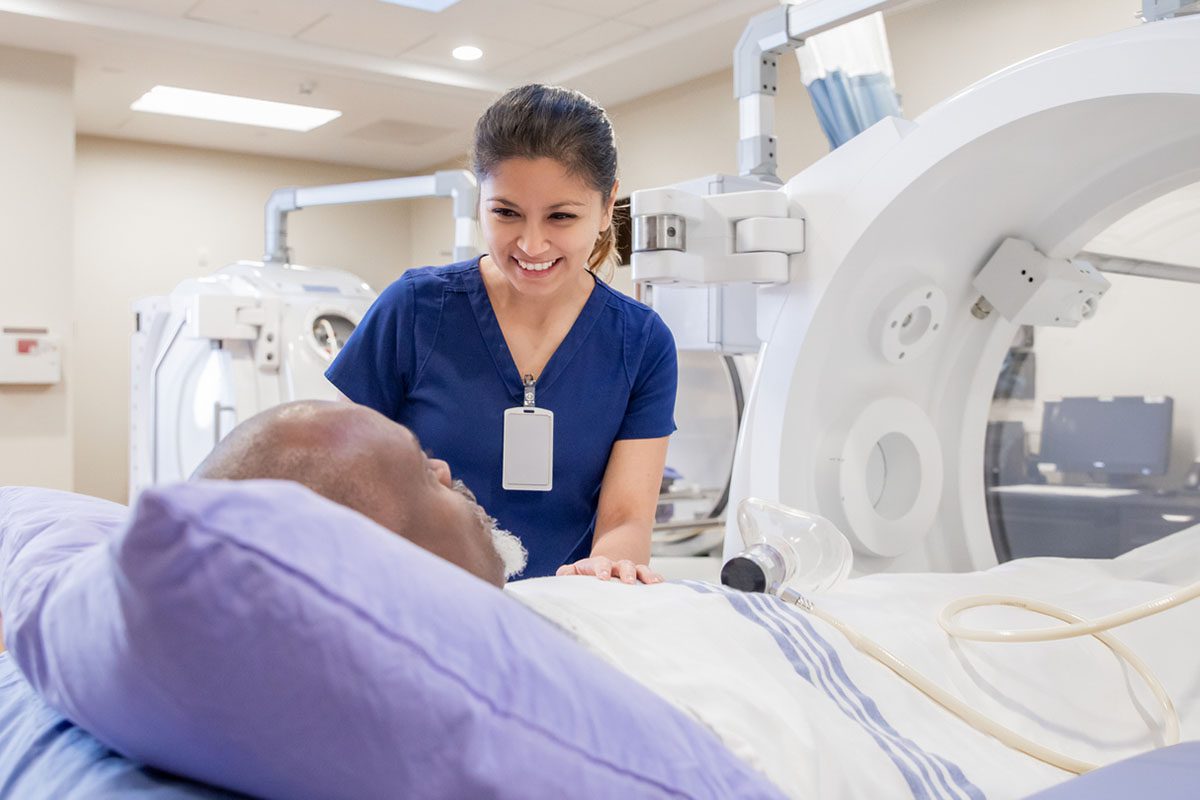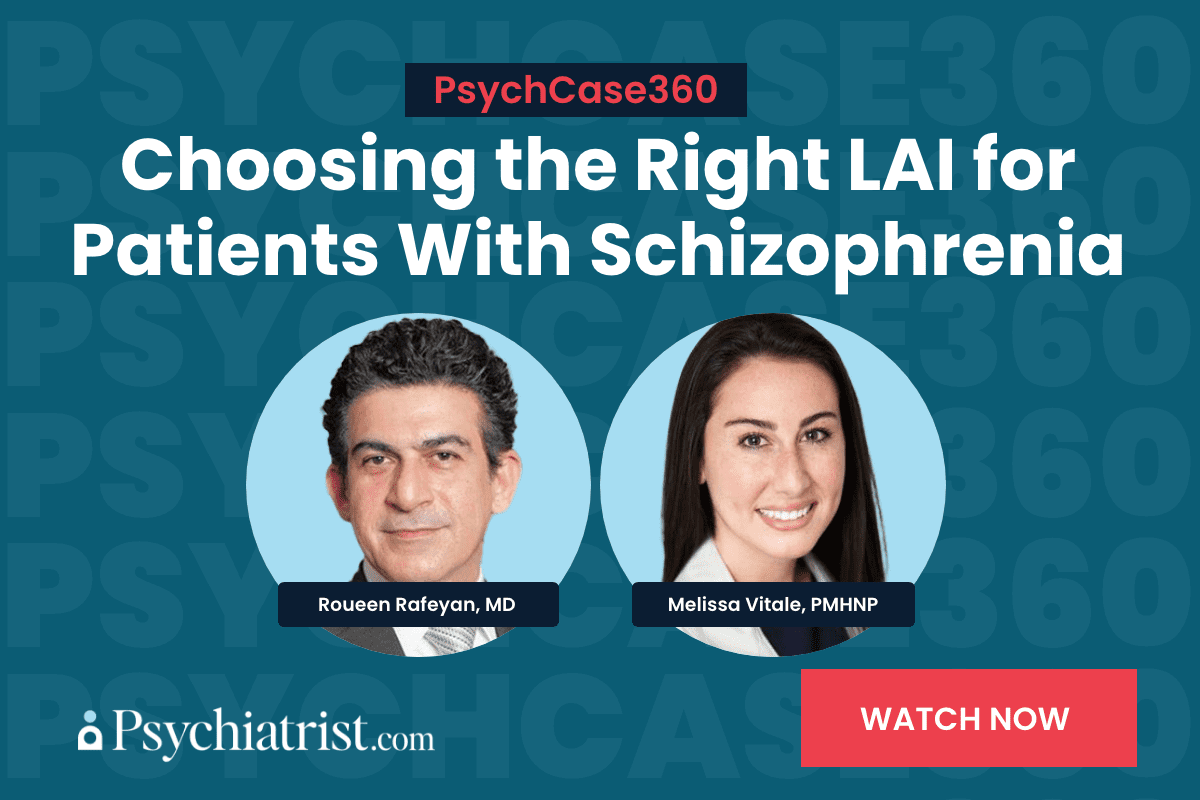Objective: To evaluate the association between trauma exposure type, number and type of DSM-5 posttraumatic stress disorder (PTSD) symptoms, and binge eating symptoms.
Methods: Data were analyzed from the National Epidemiologic Survey on Alcohol and Related Conditions-III (NESARC-III: 2012-2013), which surveyed a nationally representative sample of 36,309 non-institutionalized US civilians aged 18 years and older. Trauma exposure, PTSD, and binge eating symptoms were assessed using the Alcohol Use Disorder and Associated Disabilities Interview Schedule, DSM-5 Version (AUDADIS-5). Three groups were compared: trauma-exposed individuals with no/low PTSD symptoms, those with subthreshold PTSD, and those with threshold PTSD.
Results: Among both men and women, zero-inflated negative binomial regression analyses demonstrated that individuals with subthreshold and threshold PTSD endorsed a greater number of binge eating symptoms than trauma-exposed individuals with no/low PTSD symptoms (unstandardized coefficient [B] range, 0.33-0.92). Relative to witnessing trauma, combat-related trauma was associated with fewer binge eating symptoms in men (B = −0.62, SE = 0.17), while child maltreatment was associated with a greater number of binge eating symptoms in women (B = 0.28, SE = 0.12). Negative cognitions and mood symptoms in particular were associated with a greater number of binge eating symptoms (B range, 0.09-0.10).
Conclusions: Subthreshold and threshold PTSD are associated with binge eating symptoms in both men and women. Similar to drugs and alcohol, binge eating may be used as a strategy to alleviate distressing symptoms of PTSD.
Members Only Content
This full article is available exclusively to Professional tier members. Subscribe now to unlock the HTML version and gain unlimited access to our entire library plus all PDFs. If you’re already a subscriber, please log in below to continue reading.
Please sign in or purchase this PDF for $40.00.
Already a member? Login




